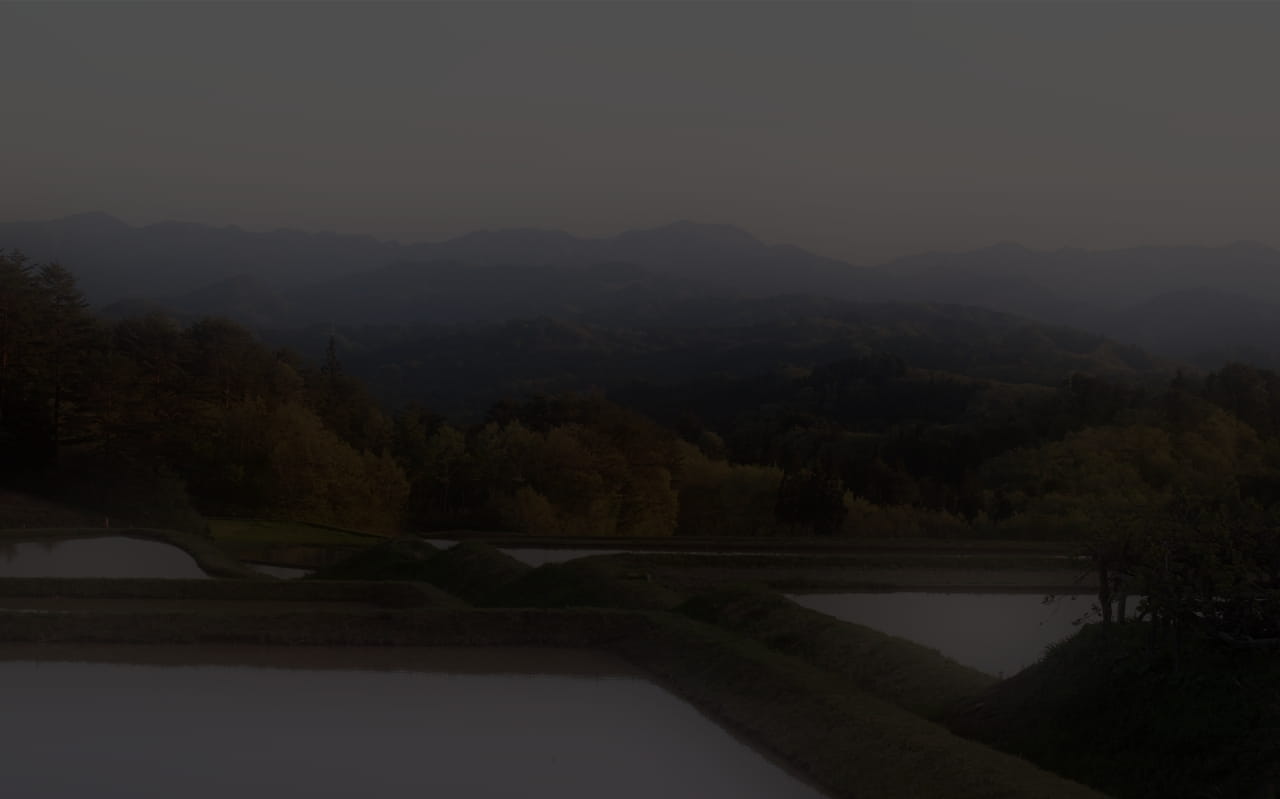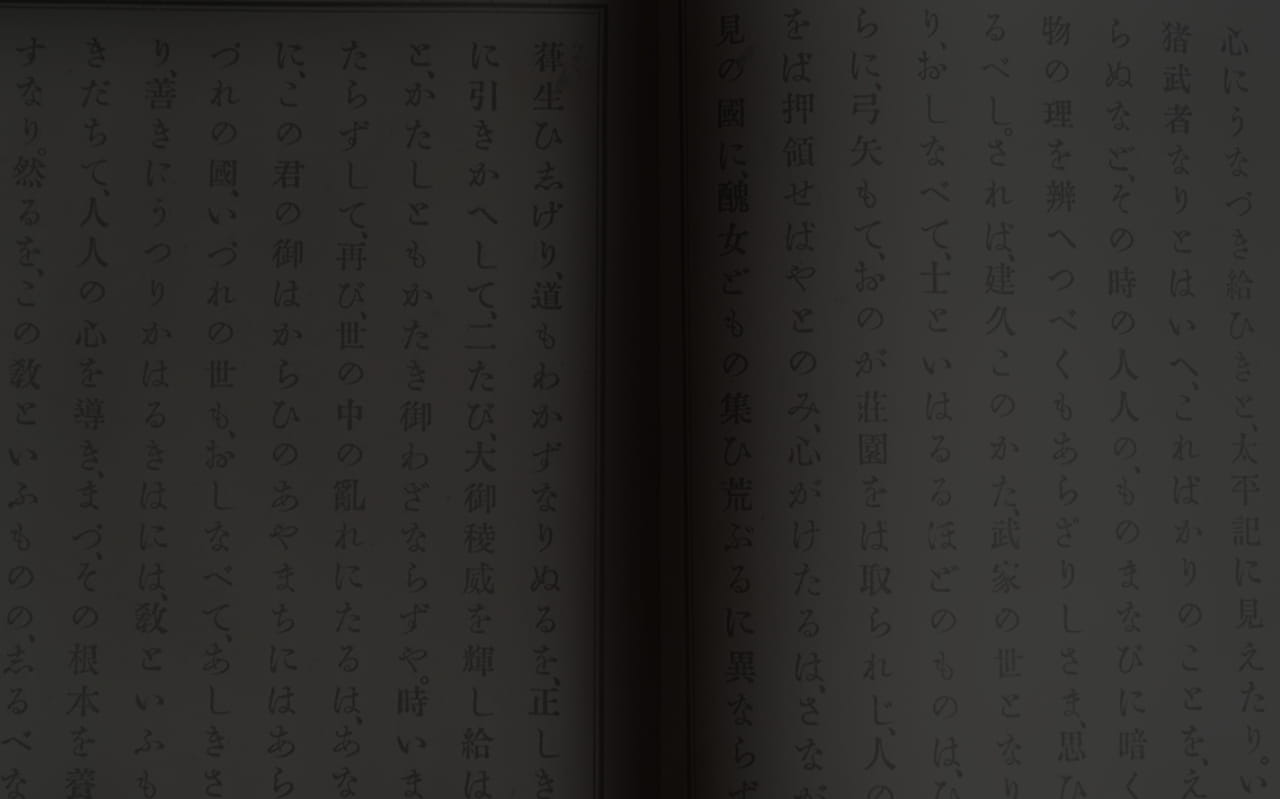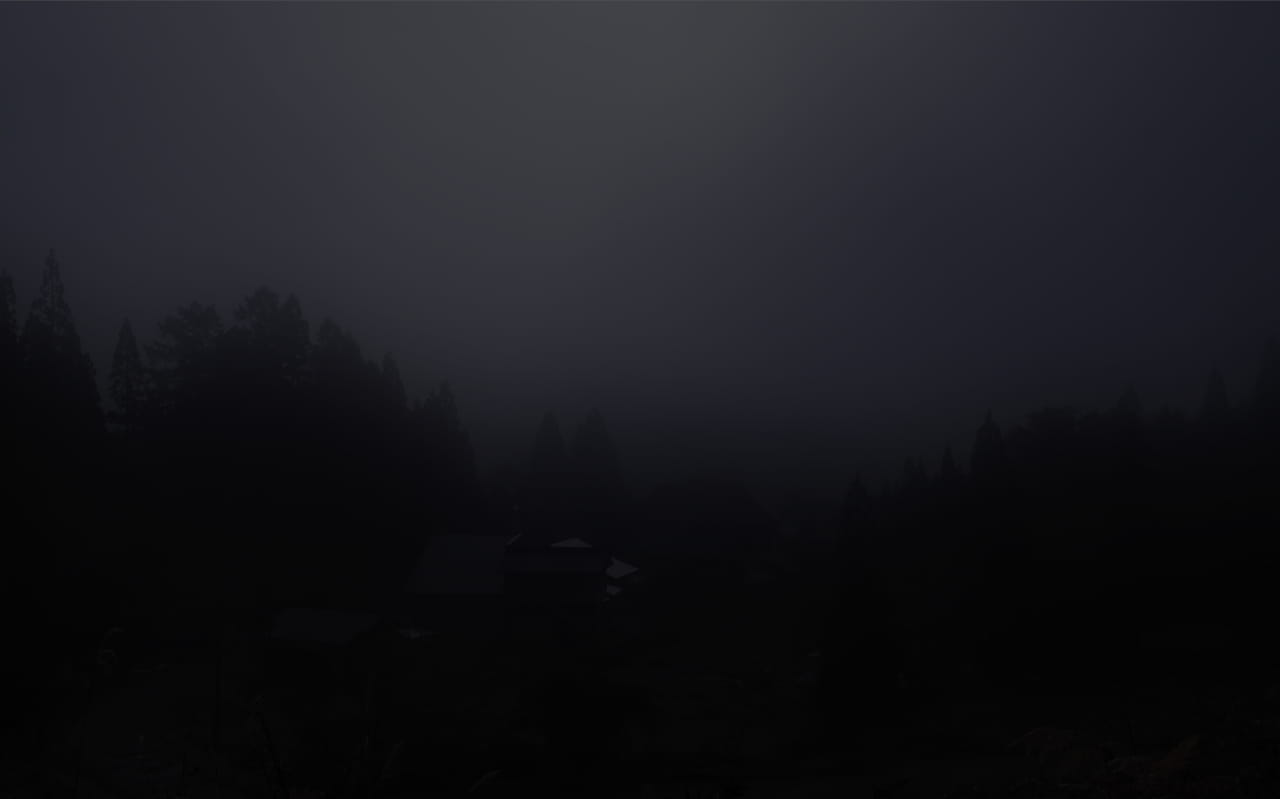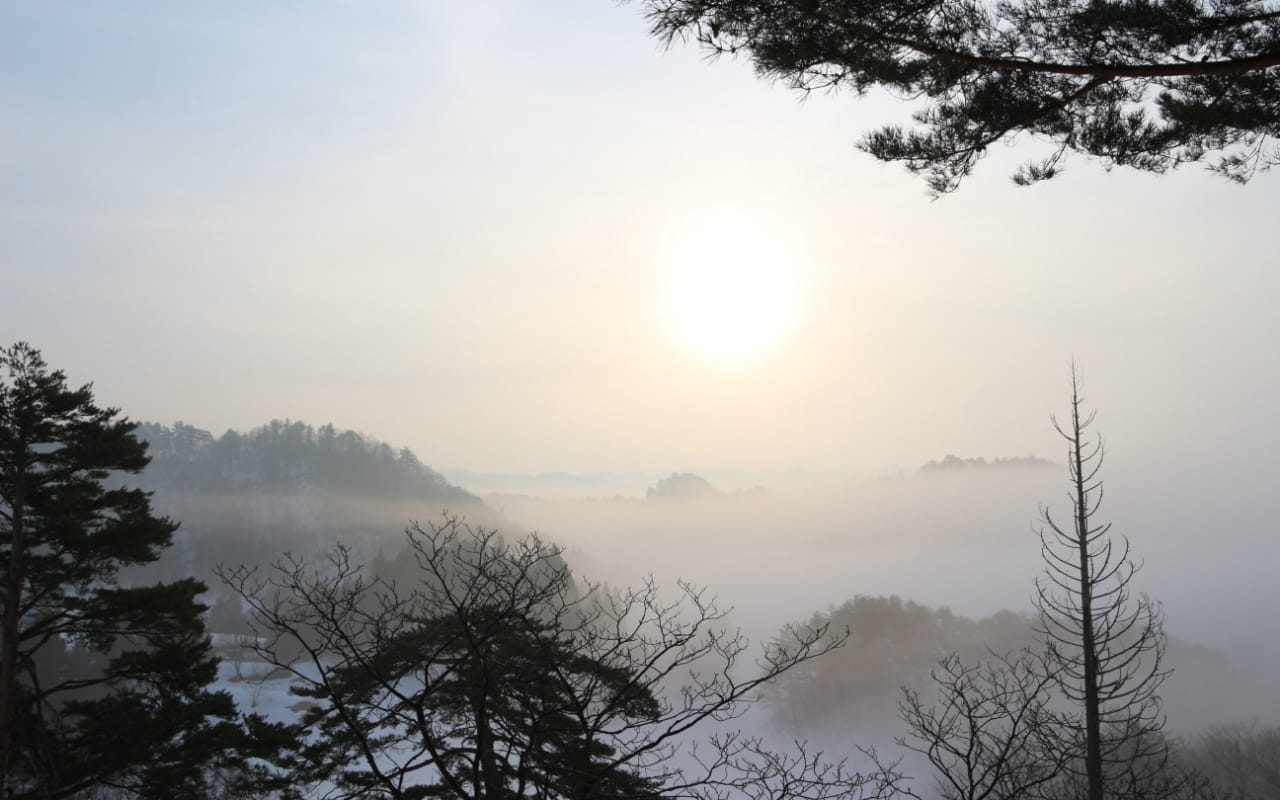
Experience
An Immersive Overnight
Art Tour

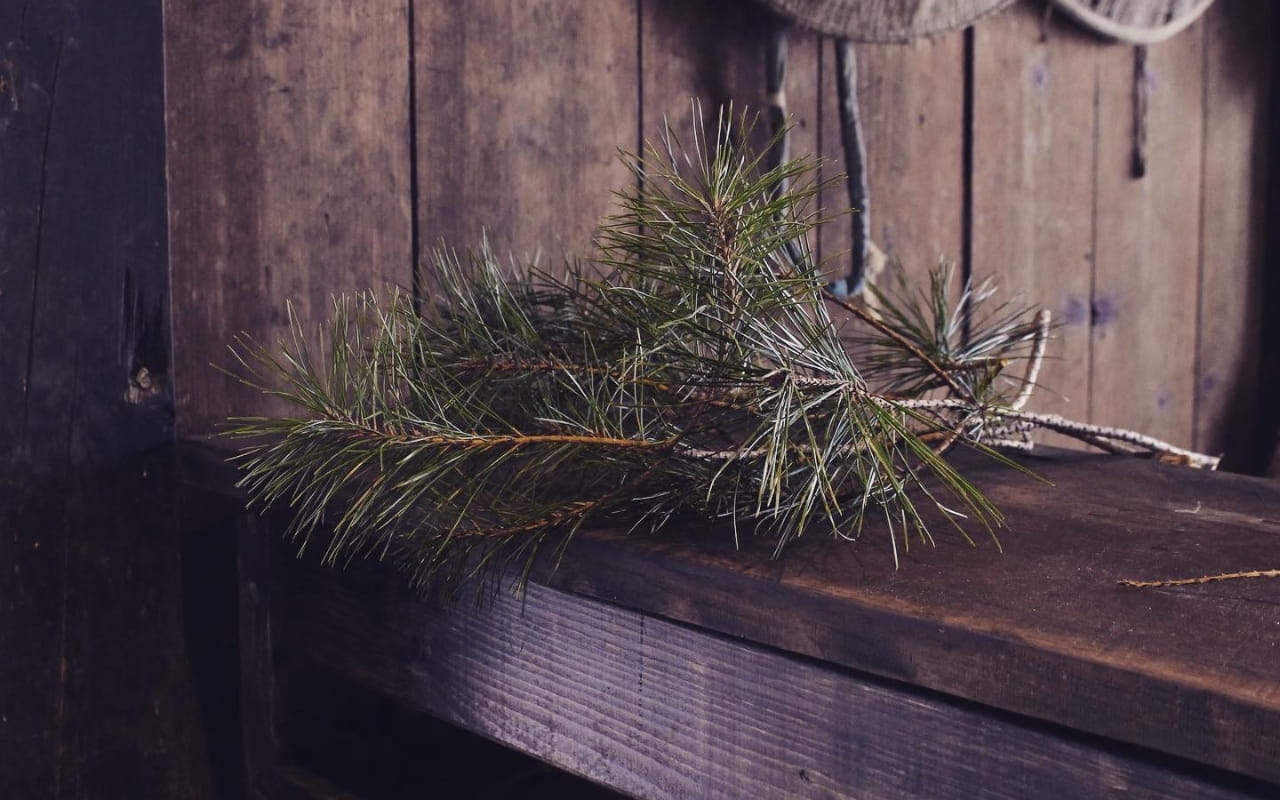



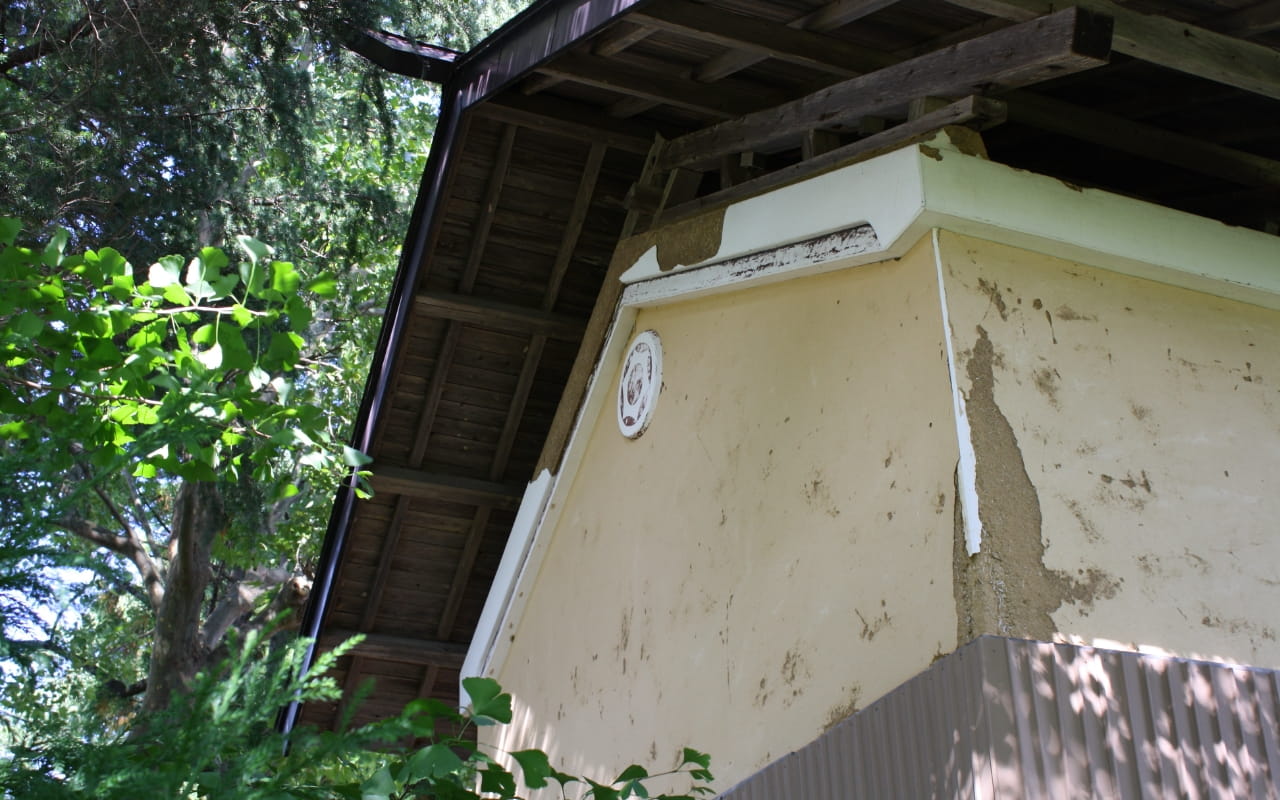
ならやま凮土譚とは
About The Tales of the Land and Culture of Narayama
If poems are the poured out relics
of words that cannot be spoken
The word Awai must be a poem in itself
How will you gaze upon,
tell and retell this collection of tales?
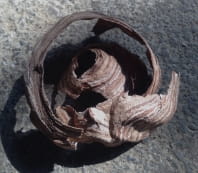
What are “The Tales of the Land and Culture of Narayama”?
“The Tales of the Land and Culture of Narayama” is an immersive overnight art tour, where participants are invited to journey to the world of Awai. Evoking a folk tale where the protagonist travels to a foreign land, the participants will explore and build their own stories along the way.
Let go of the shackles of the real world, and reconnect with your child-like spirit. We welcome you as the "traveler," the main character of the story, to come connect with the land.
Between the mountains and the people, the sky and the land, the past and the future, you and me, between our words… lies “Awai”.
Awai means “in between”. It signifies neither a division nor a fusion. It is an intertwined state of mutually existing “in between”
The journey you will have on “The Tales of the Land and Culture of Narayama” exists in the Awai, in between reality and fantasy.
“I was spirited away.” “It was like a modern day spiritual retreat”
"I was transported to a time and space, reminiscent of the past and the future.”
"I was reunited with my childhood self." "It was in a vast playground of imagination."
How you will tell the tale is up to you.
Information:
Upon your participation in “The Tales of the Land and Culture of Narayama”,
please be aware of the do’s and don’ts within the world of Awai.
The participant is the main character, the “traveler” within the story.
To make the most of this enchanting journey, we ask that you carefully read and follow the rules and regulations.
Things to keep in mind
About the world of Awai and your role as Traveler
Break away from the “real” world, and engage in a deep dialogue with the land, the people, and yourself.
-In the world of Awai, we encourage you to disconnect from the outside world and leave your daily responsibilities behind.
As a general rule, do not use cell phones, computers, or other electronic devices.
Please also refrain from using social media during the tour.
- Within the storytelling, we will “seal” your electronic devices. With the help of this enchanted “seal,” do your best to unplug and truly immerse yourself in the world of Awai.
- Using your electronic devices to connect to the outside world may distract from your experience and destroy the world of the Awai. Legend says that the Yamagami (Mountain Gods) have punished those who sent messages or used social media while on the tour.
-As a general rule, refrain from using watches, clocks, or any other devices that can tell time.
We will be sure to inform you of meeting times and other programs within the storytelling.
-The concept of time within the world of Awai differs from that of the “real” world.
Therefore, rather than focusing on the time on a clock, we kindly ask you to follow the timing and instructions given by the locals.
-In place of your electronic devices, we will provide pens, paper, and a film camera to record your journey. We encourage you to document the mystic scenery and capture the beautiful moments that you have.
We hope that these tools will help you to look back on and share your experiences with your future self or loved ones. These relics from the journey will connect the past and future, and become a page in “The Tales of the Land and Culture of Narayama.”
-In the world of “The Tales of the Land and Culture of Narayama”, we encourage you to explore different methods of connecting with yourself and others, including non-verbal communication.
In the world of Awai, it is considered a taboo to harm anyone or anything, including yourself. Treat others with care, handle tools with caution, and respect the land that you are on.
Every season, an enchanting journey
of two nights and three days unfolds.
From beginning to end, reality and fantasy
are blurred by the tale that is told.
We welcome you to let your imagination run free.
Embrace the past, present, and future.
and reconnect with the land deeply.
–
楢山集落とは
About Narayama Village
“The entire village acts like one planet”
someone once said, in a hushed voice.
“It’s not an utopia, but a paradise”
another smiled, and those words were their choice.
An unfamiliar landscape. A nostalgic foreign land.
What words will you choose to write
this village into your life story?

Narayama Village is a quaint little settlement consisting of just two houses, situated in Okugawa, the northern part of Nishiaizu in Yama District, Fukushima Prefecture.
The 360-year-old village, settled in 1660, is known locally as a mystical land that is nestled in the mountains. In the village, the views are majestic and the snow falls are heavy – every so often, a breathtaking sea of clouds can be seen drifting down below.
Historically, the village has been home to rice farmers, as well as charcoal makers, silkworm breeders, forestry workers and hyakusho (peasants who can do various different jobs). Currently, it is succeeded by Yoshihiro Yabe, landscape architect and the 19th generation chief of Narayama Village.
Yabe was inspired by the traditional village lifestyle, where humans and the rich nature had coexisted harmoniously within a sustainable energy system. He believed that the village was reminiscent of one single planet. Since then, he has collaborated with various artists and creators to develop knowledge that will contribute to the future.
In 2019, we launched the “Narayama Planetary Village Project.” As the first major step for the project, we opened the traditional Japanese house turned hotel, NIPPONIA Narayama Village.
Our key concepts are ‘Modern heritage,’ ‘Engagement with environmental issues through art,’ ‘Memories of the land and its DNA,’ and ‘Fortuitous design’ – through these fundamental values, we aim to create a village that inherits and innovates the culture and landscape of Narayama Village.
宿泊施設について
About the Accomodation
Three houses perched side by side,
with lights illuminating inside.
They are homes, nurtured by people.
Nestled at the heart of the forest
and brimming with energy from the earth and trees.
For a time, while you clear your mind,
this may become the home you were hoping to find.
Guests are invited to stay at NIPPONIA Narayama Village, where we transformed the historical 130-year-old storage house and hut into a hotel.
The three guest rooms are named after the mountains and streams surrounding the village: ‘Kaya,’ ‘Hijiri,’ and ‘Mitsukino.’
Each room can accommodate a maximum of three guests.
Features of Each Guest Room

聖-HIJIRI-
This guest room was renovated from a traditional farmer’s hut dating back to 130 years ago. From the traditionally crafted mud wall, guests will surely feel the building’s past come to life.
The name HIJIRI originates from ‘Hijiri Sawa’ in the neighboring village of Ideto, which Narayama Village once was a part of. In Ideto Village, resides the Iwaya Kokuzoson, a stone cave prayer-hall where priests once took part in ascetic practices. The room is designed to evoke a ‘hideaway’ for our guests, inheriting the mystic atmosphere of the stone cave. The Japanese-style room features a unique artwork that can only be seen when guests go to the other side of a special screen wall.
[Non-smoking] Two-story maisonette type guest room, 59.5 square meters
1st floor: bedroom (Western-style room with 2 semi-double beds) + bedroom (Japanese-style room of 6 tatami mats, 2 set of futon) and toilet
2nd floor: Dining room (with kitchen, cooking appliances, refrigerator, etc.), bathroom sink and bathtub

十五夜-MITSUKINO-
This guest room was renovated from a traditional farmer’s hut dating back to 130 years ago. From the traditionally crafted mud wall, guests will surely feel the building’s past come to life.
The name MITSUKINO originates from ‘Mitsukino Sawa,’ a stream which flows through Mt Koyo, which towers behind Narayama Village. The name of the stream is quite poetic. While it is written with the kanji for "fifteen nights,” it is read phonetically as mitsuki, meaning full moon. In the past, villagers of Narayama retrieved fresh water from a spring in the village. Now, the village drinking water is mainly supplied from the ‘Mitsukino Sawa’.
[Non-smoking] Two-story maisonette type guest room, 64 square meters
1st floor: Living/dining room (with kitchen, cooking appliance, refrigerator, etc.) and toilet
2nd floor: Bathroom sink, bathtub, and bedroom (3 semi-double beds)

高陽-KAYA-
This guest room was renovated from a traditional storage house dating back to 130 years ago. The outerwall is a traditionally crafted mud wall, and inside, guests will find wooden wall paneling and beautiful beams supporting the building. Historically, the storage house was used to preserve the fundamental foods of village life, such as miso, soy sauce, pickles and rice. It also stored important family assets such as treasured clothing chests and lacquerware.
The name KAYA comes from ‘Kayasan,’ a mountain that is said to overlook Narayama village as a guardian deity. Today, it is referred to as ‘Koyosan’ and few people know its former name. The name for the guest room was chosen with the hope of inheriting the memories of the past to the future.
[Non-smoking] Two-story maisonette type guest room, 64 square meters
1st floor: Living/dining room, bathroom sink, bathtub and toilet
2nd floor: Bedroom (Japanese/Western-style room with 3 semi-double beds and 1 set of futon)
Please note that guests cannot designate which room to stay in. We will assign a guest room for you on the day of the tour.
In-Room Equipment and Amenities
□Towels, clothing, etc.
Yukata (informal kimono), haori (a coat to wear over yukata), Geta (sandals), bath towels, face towels, body towels, slippers
□Bath and personal care
Shampoo, conditioner, body soap, hand soap, toothbrushes, cotton swabs, cotton body towels, shower caps
□Other
Tableware, 2-door fridge-freezer, hot-water kettle, hairdryer, bidet, heating and cooling appliances
□‘The Tales of the Land and Culture of Narayama’ complimentary gifts and facilities
Mini-bar, bookshelves, Nishiaizu rice bran facial soap, artwork, etc.
Please Note:
・Smoking is not permitted in the guest rooms. Please use the designated smoking areas.
・The area around the facility is surrounded by mountains and lush nature, where there is soil, mud and snow. Please bring appropriate clothing and footwear.
・The residents of the village, insects, animals, and plants are going about their daily lives on the premises. We request that you respect all of the living things that you encounter throughout the tour.
・The hotel was built with the goal of preserving the village’s historical buildings. Because we have tried to maintain the buildings’ original structure and culture, your stay may differ from that of a ‘regular’ hotel. Thank you in advance for your understanding.
食事について
About the Meals
“Delicious”, uttered from the depths of soul
can somehow sound a lot like “desire”.
How can I make the most of what I have taken?
I wonder and I pray.
We partake in the practice of eating once again
to survive and thrive for another day.

During your three-day, two-night journey on “The Tales of the Land and Culture of Narayama,” we will prepare a total of five meals.
Mealtimes are an interactive experience where guests feast on the beautiful scenery, reinvigorate their senses, and feel the cycle of life.
We provide an extraordinary eating and drinking experience that is truly unique to the land of Narayama.
The food we serve does not include any chemical additives.
We offer a variety of nourishing Japanese dishes that highlight the unique fermented food culture and natural flavors of the ingredients.
Enjoy our special menu which features an abundance of seasonal and local ingredients.
Our Specialty Ingredients
Narayama Rice and Miso
The rice that we serve is harvested by the staff at NIPPONIA Narayama Village. Our specially cultivated rice is produced by restoring abandoned rice paddies in the area.
The high quality rice grown in Nishiaizu is delicious even when served cold.
Our Narayama Miso is also made from the same high quality rice koji (malted rice). It is additive-free and made in a local miso shop.
Local and seasonal ingredients
We harvest our bountiful mountain produce and seasonal vegetables fresh from the local Nishiaizu land. Some ingredients are also artfully preserved to maintain fresh seasonal flavors.
Our carefully selected ingredients are made traditionally by reliable local artisans. Enjoy the rich flavors that come from food that is produced harmoniously with nature.
Please note:
・Guests should indicate any food allergies (or any other information) in the pre-tour survey.
・The menu may vary depending on the season and availability.
・Depending on the season, some meals may be served outdoors.
・For indoor meals, our staff will bring the meal to your guest room and help prepare it.
・Please note that personal belongings on the dining table may be moved in order to prepare the meal. Thank you for your understanding.

アート・文化
Arts and Culture
A great poet once spoke about
creating one great work of art
from all the culture of the countryside.
The scent of the wind brings this wise teaching to mind.
Examine with all five of your senses.
Reflect from deep within.
May we come together in this moment,
and let a new festival begin.

In ‘The Tales of the Land and Culture of Narayama,’ the historical traditions of the village (annual events and folk culture) are transformed into interactive multi-media art performances.
There are different artists and art performances every time.
Guests will experience the site-specific works of art that are unique to each season, time, and space.
These experiences are also a collaboration between artists in the present and the inherited (and disappearing) memories of the land.
In Narayama village, you will encounter various furnishings that are also artworks that integrate local memories and materials.
The participating artists research and express the memories of the land. We refer to these artists as marebito, an ancient Japanese word referring to mystical beings who come from afar bearing gifts of wisdom, spiritual knowledge and happiness.
They are the “storytellers” who revive the disappearing traditions of Narayama, bring them to the present day, and connect them to the future.
We aim to create experiences that can only exist in the time and space of Narayama, making “The Tales of the Land and Culture of Narayama” a truly unique experience.
Through these invaluable experiences, we hope our guests too will be able to pass on the stories and knowledge of the village.
*The performance and other details are kept discrete. These experiences are exclusive to those who are present.
*Depending on the season, there are also outdoor viewings.
Collaborative Works in Narayama village.
In the past, we have created works in collaboration with Tetsuya Takizawa, an artist and Izugahara washi (traditional Japanese paper) craftsperson. The works include art on fusuma (traditional Japanese sliding door) and other paintings. In these works, Takizawa incorporated old straw crafts, books from the collection of Narayama Village's ancestors and kozo (paper mulberry) harvested in the area. He combined soot from the attics of the traditional houses, sand from the pond including its glittering minerals, and kozo. The washi was made in a pond that is said to be watched over by a shrine (that houses the mountain god of the village). This resulted in a marvelous artwork that represents the view of the mountain terrain and sea of clouds that can be seen from the village. We believe this unique site-specific work connects the memories of the land to the present and future.
Izugahara-gami
Izugahara-gami refers to the washi (traditional Japanese paper) that was widely produced in the Izugahara area of western Aizu. Historically, this washi was used as the official paper of the Aizu clan. It was so well known that the name “Izugahara” itself was used synonymously with washi. The washi comes in large, medium and small sizes, of which the large size was used as the Aizu clan's official paper. Izugahara-gami is said to have gotten its name because a visitor from “Izu-no-kuni” introduced washi-making to the region.
Today, Takizawa has succeeded the tradition of Izugahara-gami, and revived a craft that was once close to disappearing. The washi-makers harvest wild kozo,steam, skin, beat, strain and dry it all by hand. It is one of the few washi workshops where the entire process is carried out carefully by hand.

料金について
About the Fees
This landscape, that has been cultivated for thousands of years
This scenery, once commonplace, could soon disappear.
Perhaps the villages and the mountains hold the key;
It shares a secret to reconnecting the earth, the people, and me.
Together, can we cultivate new values and aspirations
which will be remembered by future generations?
This project aims to highlight the power of the land through performance and other expressive methods. Our goal is to inherit the village lifestyle, which was once commonplace. We hope to pass on the values of the land and culture of Narayama to future generations.
Price per room for 3 days and 2 nights, accommodating 1-3 people: 300,000 yen (incl. tax) *500,000 yen (incl. tax) during the winter season
The prices listed above are per room.
Please note that the price does not change regardless of the number of guests/participants.
The Price includes:
・Welcome drinks
・Accommodation for 3 days and 2 nights
・Five meals and drinks
・Art performances and other cultural experiences
・Transportation (to the nearest station or other public transportation, to Koriyama Station in winter)
・Souvenirs
The proceeds of the project will go toward the following:
・For the staff to further improve and maintain the village environment and its premises.
・With more proceeds, we are able to restore abandoned rice paddies.
・We research the memories of the land, in collaboration with artists that have diverse and multifaceted perspectives surrounding Narayama culture. The artists and the community mutually benefit from the process and art works.
・As part of the initiative above, we plan on introducing a new residency program to enable artists to stay in the area for medium to long-term stays and create artworks while engaging deeply with the Narayama environment.
All of these initiatives are part of our larger ambition to create a modern, yet traditional system for the village to flourish.
Q&A
-
Does the Narayama Village actually exist?
Yes, the village is located in Fukushima Prefecture. The adress is Domeki-5900 Okugawa Oaza Kayane, Nishiaizu, Yama District.
-
Will we meet at Narayama Village?
Upon confirming your reservation, we will designate a meeting place. The departure point for the tour varies, but it is generally more easily accessible than Narayama Village.
-
Can I drop out of the story part way through?
We strongly recommend that participants stay for the entire story and journey.
-
What is an immersive, overnight art tour?
"It is an art performance, a theater piece, a spiritual retreat, a cultural heritage trail, and an immersive tour experience. It is a carefully crafted, once-in-a-lifetime journey, evoking life in a traditional rural village. You may feel like you are traveling in time, experiencing a rich culture that has existed for hundreds of years.” (From the Director of “The Tales of the Land and Culture of Narayama”)
